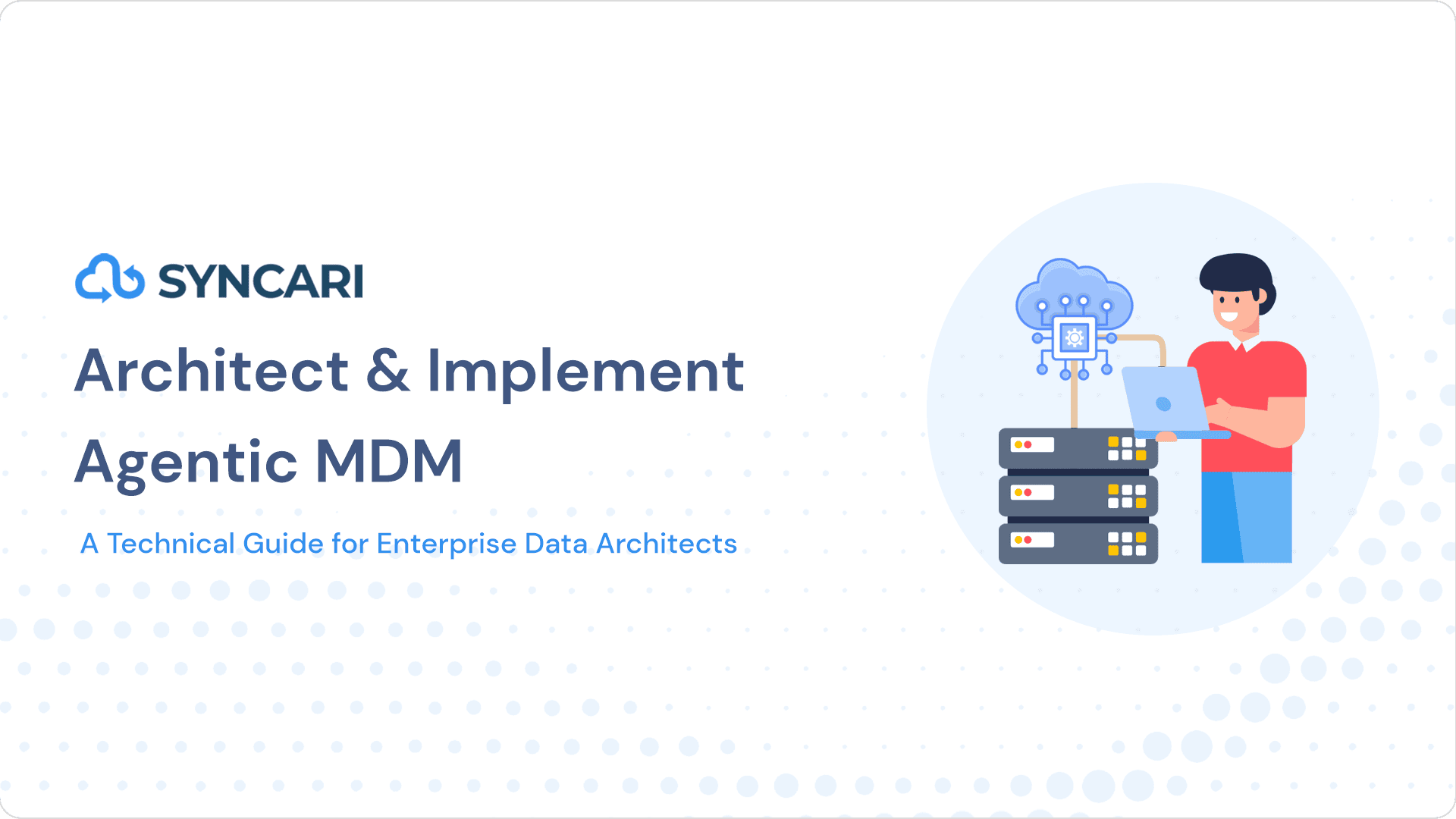When Apple’s iPhone launched in 2007, Microsoft’s CEO Steve Ballmer made a prediction that now seems foolish: That the iPhone would never earn any significant market share. Today, Apple controls one quarter of mobile phone sales globally. How did a computing giant like Microsoft call things so wrong and miss the mobile opportunity? Simply, it wasn’t in their DNA.
Companies have genetic makeup. It’s determined at incorporation and fueled by their founders and predetermines what they will excel at. Microsoft got big by building a closed ecosystem—the Windows operating system. That saddled it with habits incompatible to the open-source app ecosystems that fueled the smartphone craze.
Today, DNA also drives the big vendors in the B2B data ecosystem, from CRMs to marketing systems and ERPs, many of which got their start in the early 2000s when APIs were still new. And that’s why all of them are about to miss cross-system syncing the way that Microsoft missed mobile.
Today’s cloud providers are saddled with DNA debt
From the point of view of CRM companies, the CRM is the center of the universe. All other apps just inhabit it. But from the marketing system point of view, they’re the center. Customer support systems and ERPs and product platforms all think they’re the center too. All these companies launch partner ecosystems and “app exchanges” that resemble geocentric medieval maps picturing the Earth at the center of the universe.

But their customers don’t see it this way. CTOs and IT administrators see a network of APIs and cloud connectors uniting a jumble of solutions that refuse to play nicely. Their map looks more like a dysfunctional solar system where lots of bodies orbit one another. (And sometimes have redundant planets.)

The two views are incompatible. CRM companies want to be that single source of truth for all, but other app vendors resist this and so you have a harmful duplication of data stores spread across systems in networks full of variable connections. All are built with APIs, but each is constructed differently: Some connections are unidirectional, some change the formatting, some append data, and some loose data. This mess costs the average mid-market company $15 million per year according to Gartner.
The DNA of these vendors prevents them from seeing the problem for what it is, from truly understanding what businesses want, and from offering a solution. Today, companies don’t want connections and app ecosystems and cloud connectors and workarounds. They want data quality. And the only company that can deliver that is one built from the ground up with the right DNA.
- Workflow Automation vendors rely so heavily on the if-this-then-that model that the notion of data is lost in the haystack of actions. While they are useful for quick-fix integrations, they neither provide a holistic view nor an approach to solve the real issue—making consistent, clean data available in operational systems that matter.
- Master data management (MDM) vendors don’t get it because they trace their origins to a 1990s way of thinking about centralized data. I.e. you have to move it all to one place to manage it, which is impractically challenging given today’s increasingly cluttered data ecosystems.
- API management vendors don’t get it because they see the world in terms of better APIs. They’re mired in incremental thinking—how do I make the horse go faster?—rather than innovative thinking—how do I build a car?
The only way to solve the problem is for a vendor to, like Steve Jobs with the iPhone, dare to reimagine. It has to be in the company’s DNA to solve for data quality and related data-centric problems, not just connections. And I think Syncari is it.
People often ask, “How will you solve all these problems on a single platform? Isn’t this doing too many things in one place? Isn’t this too ambitious?” My answer: You only think it’s too much because you’ve only ever seen piece-meal solutions. Grass-roots thinking about data quality in our core architecture makes it very natural for us to do all these things seamlessly. Simply, it’s in our DNA.
Syncari’s great advantage
Syncari is built from a vendor-neutral perspective and that lets us accurately assess the issue of B2B data quality. We understand that CTOs and IT administrators don’t want a big, complicated map with a jumble of connections that need to be actively managed. They don’t want the complexity and risk of having to transport, warehouse, and sift through a central data repository. And they don’t want to manage their APIs better—they want all that done for them in a codeless interface, automatically. That’s why we built Syncari to:
- Govern data across applications without moving it. Syncari takes the user-friendly view that data shouldn’t move unless it has to, and that it should be accurate everywhere. Users can set rules from Syncari’s dashboard that determine which applications have authority over which data points, no matter what system they’re in.
- Provides out of the box connections for all your top applications. No rebuilding tens of bidirectional connectors from scratch.
- Reduces the burden of management. Syncari reduces complexity with a codeless drag-and-drop interface and machine learning to understand and anticipate your company’s habits, and to increase data quality as a byproduct of managing it.
The result is a map of the data ecosystem universe that looks a little more like it would if you approached it from a rational, disinterested point of view and asked, what would the ideal setup look like?
And because we’re Syncari and it’s in our DNA, we did.
About the Author: Neelesh is the CTO/cofounder at Syncari and a technologist with more than 20 years of experience in building large scale SaaS applications. Previously, he worked at Marketo, where he lead many major technology transformation efforts. He was also at Oracle, Successfactors before that. He loves being on the edge of product and technology.





